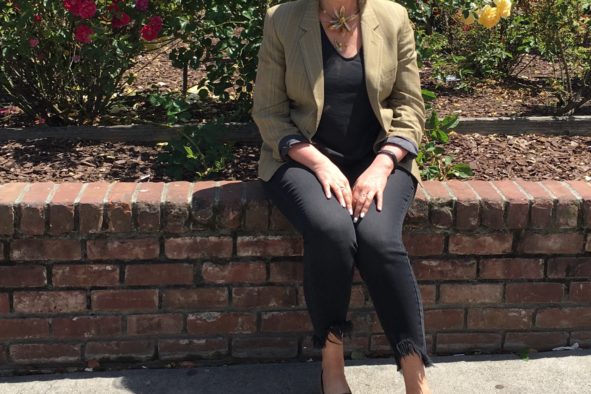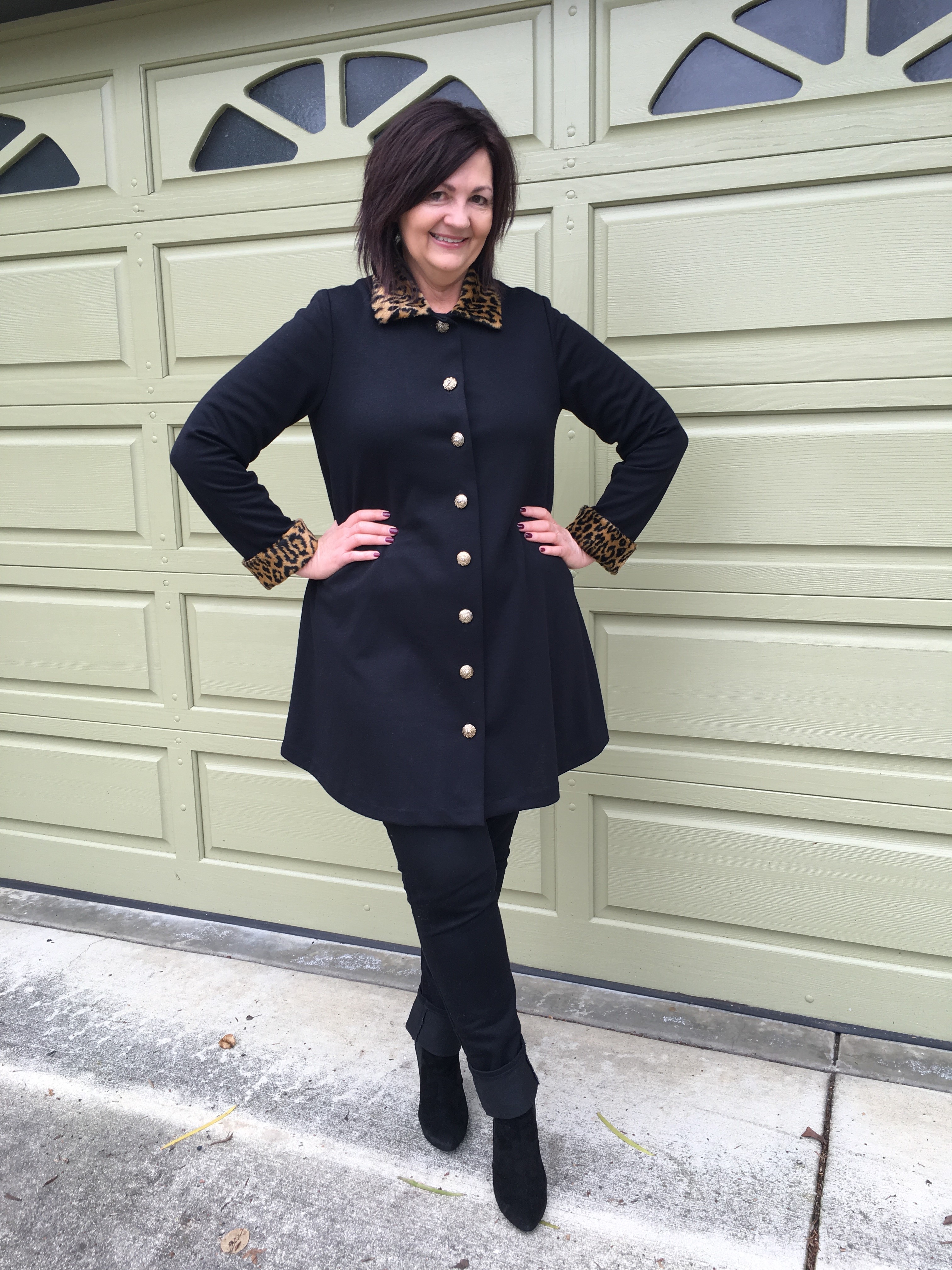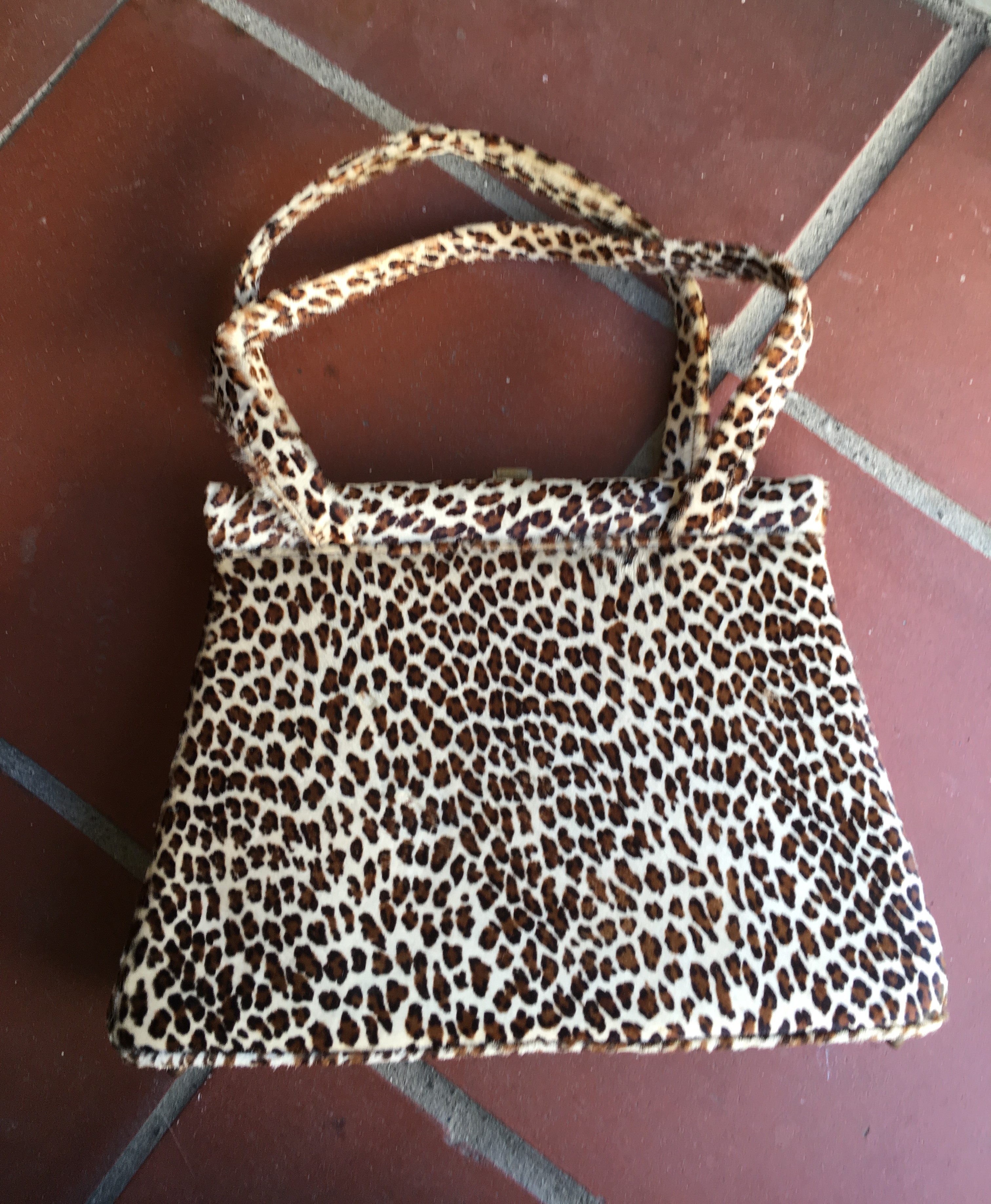With all of the issues that we are addressing today in our country, it is interesting to note that there is still a great deal of interest in what our First Lady is wearing – whether at the inauguration, on vacation, or accompanying her husband. This is nothing new – as a country we’ve always been interested in what our First Ladies are wearing – from Jackie Kennedy to Nancy Reagan to Barbara Bush and now, to Michelle Obama, who has certainly had her share of press. But let’s step back in time and take a look at what our early Republican First Ladies were wearing and doing…..
Today I attended a luncheon for the Mid-Peninsula Republican Women, Federated…during lunch we were treated to a fashion show of the styles of the early history of the Republican Party…worn by previous First Ladies…I tried to take pictures as best I could…boy…how the styles have changed…
Let’s step back in time and take a look at what our early Republican First Ladies were wearing and doing…..
Mary Todd, born 1818, was the child of a wealthy and prosperous family. She married at the age of 24 to, of course, the man who was to become the first Republican president, Abraham Lincoln. Mary, being an educated woman, was very helpful in supporting her husband in the bid for the White House and in talking with governors, members of the cabinet and other political dignitaries.
Here our Mary Todd Lincoln is wearing a tiered dress from the 1800’s. Most likely she bought the material in New York on one of her extravagant shopping tours. Flounced or gathered tiered skirts were very popular when Mary Todd became first lady in 1861. The cranberry trim on the edge of each flounce emphasizes the tiers.
The day bodice is made with modified pagoda sleeves finished at the cuff in the cranberry, which also is used in the center front to create a jacket effect. The white collar and white sleeves can be removed for laundering.
The dressmaker made the cranberry plaid bodice using elaborately smocked gold beads in the center panel and the sleeves. The beads are also scattered throughout the ribbed neck trim. The hand bag is also covered with these tiny beads.
Mary probably removed the jacket and used this bodice in her monthly social dinner dances at the White House.
During Grant’s two terms of office (1869-1877), Julia Dent Grant was an active participant in presidential matters. Here she is wearing a stylish garment of the day. She may have worn such an outfit as she attended Senate hearings and when meeting with cabinet members, senators, justices, and diplomats.
Perhaps as kids you were tricked or tricked others with this question, “Who was buried in Grant’s Tomb?” If you didn’t say Grant, you were caught. But if you said Julia Dent Grant as well as General President Grant, you were one up on your friends. Julia died from heart and kidney complications at the age of 76, and is buried next to her husband in Grant’s Tomb.
Even after helping her husband win the presidency she continued to work for veterans’ benefits, Native American welfare, and rehabilitation of the South. She did a considerable amount of work with young people at colleges, the National Deaf Mute College, and the Hampton Institute (where she sponsored a scholarship for Native American students). She contributed generously to Washington charities, and often sent servants on nightly errands delivering a note and money to someone in need.
Some of the accomplishments the Hayes are credited with for their only one term in the White House are: bathrooms with running water installed; a wall telephone added; finding and restoring furniture rather than undertaking extensive redecoration. Together, the Hayes committed themselves to finishing the Washington Monument.
Lucy also started what has become a tradition: the Easter egg roll. When children were banned from rolling eggs on the Capitol grounds, she invited them to use the White House lawn on the Monday after Easter.
It was this conservative woman in this baby blue walking suit who was first called, “First Lady.” “the first lady of the land.”




